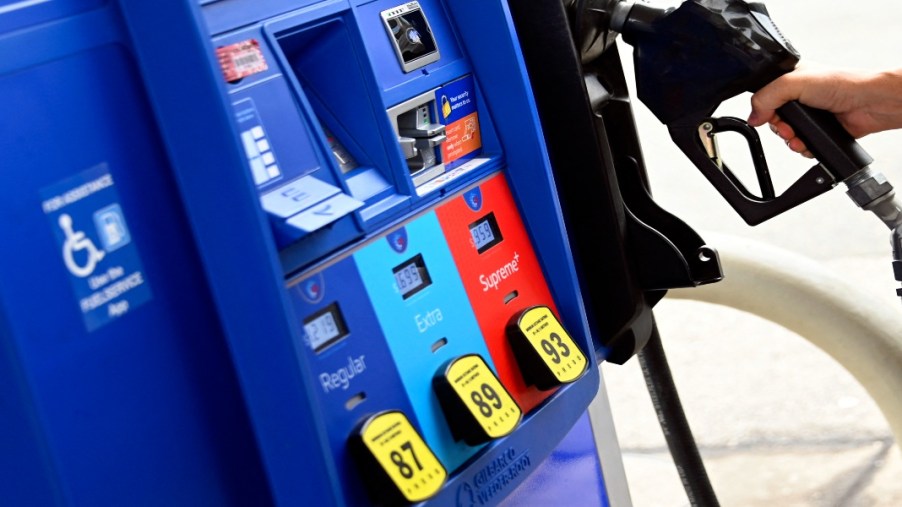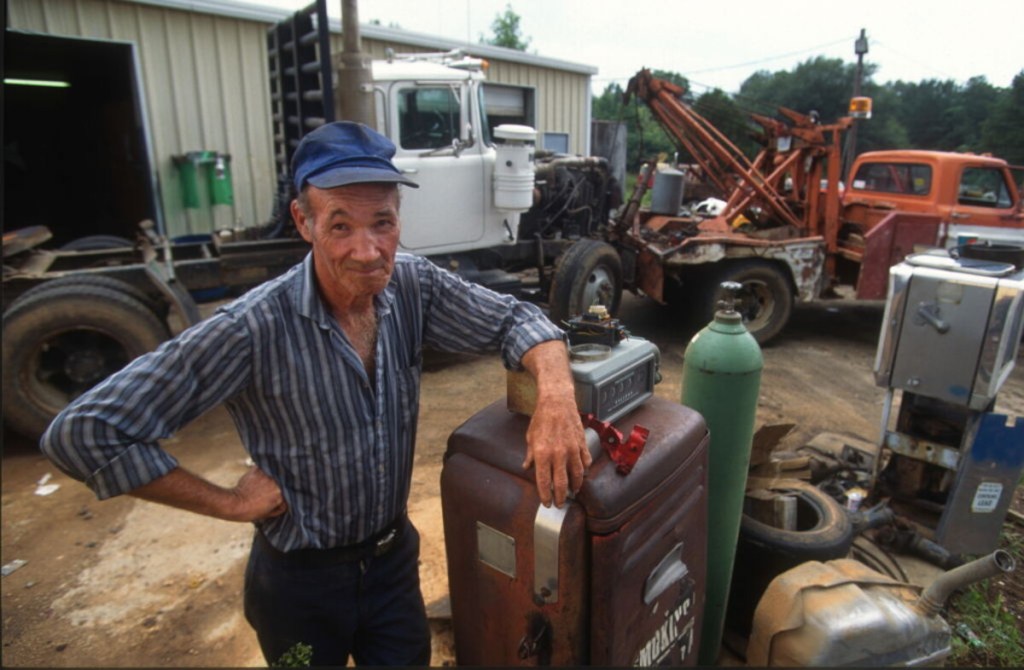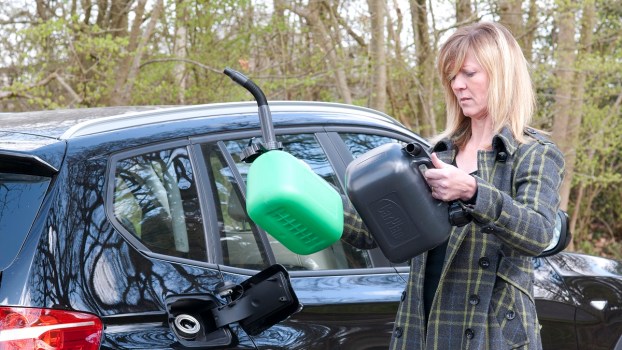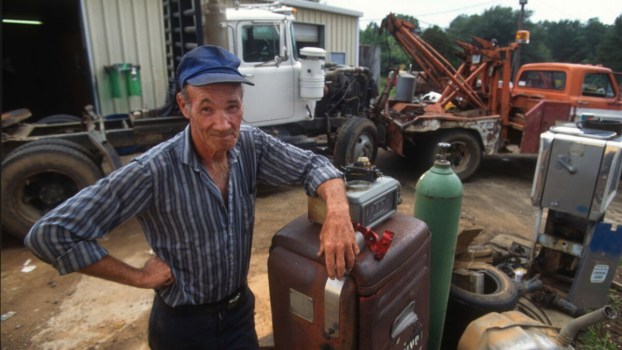
We’ve Been Lied To; Mid-Grade Gas Is a Myth
Honestly, who buys midgrade gasoline? Think about it. The overwhelming majority of drivers plop the 87-octane nozzle in their tank opening without ever considering the other two options at the pump. There is a small camp of misguided hopefuls who might get a little froggy on payday and drop a few gallons of mid-grade or premium gas in their Ford Mustang. The truth is few cars require premium and even fewer need mid-grade. In fact, midgrade gas isn’t even really a thing. I mean, it is, but it’s kind of not. Let’s debunk the mid-grade gasoline myth.
Should I put midgrade gas in my car?

Maybe. The truth is your car’s owner’s manual will tell you exactly what the manufacturer designed the engine to run on. However, there is almost no reason to put mid-grade gas in your car unless expressly directed by the manual. Mid-grade or 89 octane is little more than a mushy middle ground between regular and premium gas. Certain cars will indeed perform better and be more efficient when running on premium gas, but the rest of them will do fine with regular. However, if you drive something old enough, mid-grade gas could be a benefit – if it were a real thing, that is.
What do the different octanes mean?
According to Fueleconomy.gov, “octane rating measures a fuel’s ability to resist ‘knocking’ or ‘pinging’ during combustion, caused by the air/fuel mixture detonating prematurely in the engine. In the U.S., unleaded gasoline typically has octane ratings of 87 (regular), 88–90 (midgrade), and 91–94 (premium).”
Now, what does that mean? It means that some higher-compression and turbocharged engines might run better and more efficiently with higher-octane fuel.
Midgrade gas isn’t real
Forgive the burying of the lead a bit here, but now that we understand what different octanes mean, we can dispel the myth of mid-grade gasoline. According to Cnet, most oil refiners don’t make midgrade gas. I know, right? Mind blown. But you might ask, “What is the 89-octane stuff then?” The refiners make regular and premium, and that’s what’s stocked underground at the gas station. When you squeeze the midgrade handle, you get a cocktail of the regular and premium mixed in real-time from the regular and premium buckets. The term for this is “splash blended.” If this seems a bit nuts, we can thank the EPA for tightening underground storage tank rules in 1988 and then again in 2015. These regulations demanded service stations dig up and replace their old gas storage tanks. When the new tanks were installed, many gas stations only dropped in two tanks instead of three.
How to make the midgrade gas conspiracy work for you
Since the gas stations might be premixing the fuel anyway, you can actually save a little bit of bread by putting half a tank of regular and then another half with premium. Again, this is really only beneficial for cars that need midgrade gas. However, if the added cost of premium gas does not agree with your bank account, you can also use this tip to save bread while you wait for payday.





